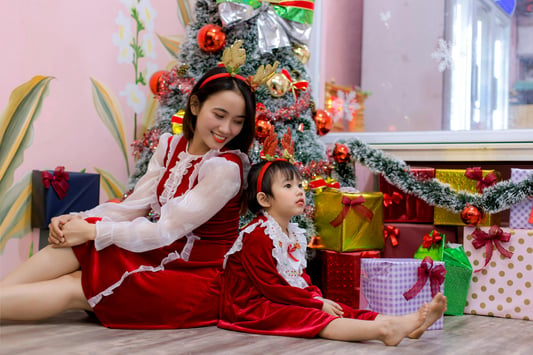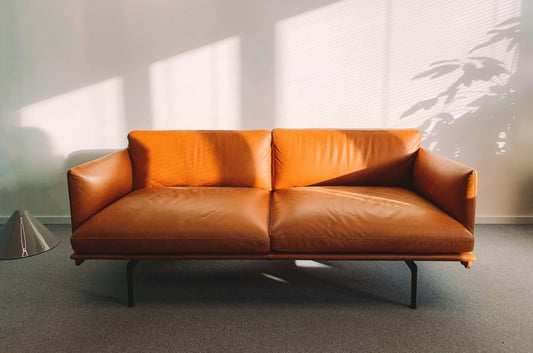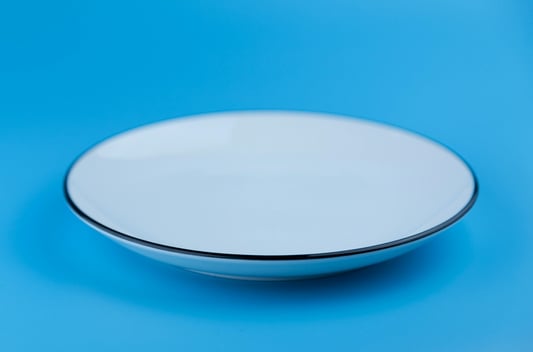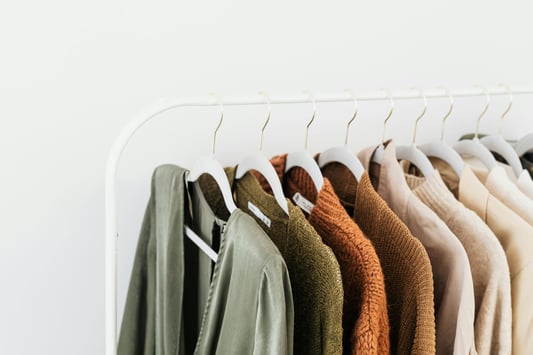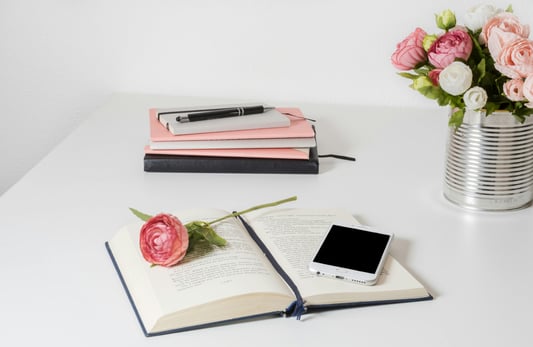The Benefits of china inspection service IntroductionChina has become one of the largest manufacturing hubs in the world, offering a wide variety of products at an affordable price. Businesses around the globe source their products from China, but quality control could be a challenge. With the help of China Inspection Services, businesses can ensure quality and safety of their products. This article will explore the importance of China Inspection Services for business owners.Ensures Product SafetyQuality control is essential to ensure product safety and customer satisfaction. China Inspection Services help businesses meet the international standards, regulations, and specifications required for their products. This service ensures that the products comply with the relevant safety regulations, such as the EU's REACH, RoHS, and WEEE. By doing so, the business can avoid recalls, legal penalties, and loss of reputation.Reduces Cost and RiskWhen a business sources its products from an unknown supplier, it runs the risk of receiving lousy quality products, delayed delivery, and high transportation costs. By using China Inspection Services, business owners can mitigate these risks and get rid of unqualified suppliers. Inspectors inspect the products before they are shipped to the business, significantly reducing any additional expenses due to poor quality or shipment issues.Improves Communication with SuppliersThe difference between product expectations and actual delivery is usually due to communication errors between the supplier and the business. China Inspection Services can act as a mediator, which enhances communication between the supplier and the business owner. By inspecting the products, they can identify areas for improvement, set benchmarks for quality, and improve communication to make sure the products match their expectation.Increases Revenue and Market ShareCustomers are always willing to spend on quality products, but they are not willing to spend on unsafe products. By ensuring that products meet the required safety standards, the China Inspection Service increases customer trust in the business-owner products. This trust can lead to increased sales, repeat business and larger market share for the business owner. The service can also help to identify areas for product improvement or the development of new products to attract new customers.Helps Mitigate Language Barrier Social NormsThe Chinese work with social norms that affect operations in some industries and the business community and can lead to issues when dealing with suppliers. Additionally, working with locals can be hindered by language differences. China Inspection Services can help mitigate these problems by applying knowledge of Chinese social norms and using local staff to help facilitate the inspection process.Guarantees Product QualityChina Inspection Services guarantees the quality of the inspected products before shipment to the business owner. This assurance allows the business owner to have confidence in their products, and they can easily market and promote their goods with pride, knowing that they meet the international quality standards. This service is particularly essential for companies looking to build a brand around the quality of their products.Ensures Compliance with Production StandardsChina Inspection Services assesses the production processes taken by suppliers and producers to ensure that they comply with internationally set standards. Inspection evaluates the vendor's management, the data output, the verification of the products, and the product specifications to ensure that the quality of the finished product is up to par.Reduces Fraud and Intellectual Property TheftWorking with suppliers in a foreign country runs the risk of fraud and intellectual property theft. China Inspection Services conducts a thorough on-site product inspection to verify that the product is original and with the correct trademarks. They also fight against product piracy by applying identification methods.Helps Build a Strong Business RelationshipA business owner that takes quality seriously is more likely to build a strong and long-lasting relationship with their suppliers. China Inspection Services allows business owners to verify that their suppliers take quality as seriously. Moreover, the service creates trust between the business owner and its customer base.China Inspection Services, product safety, communication, intellectual property theft, business relationship, quality control, production standards, safe products, risk reduction, Chinese social norms, quality guaranteed.The Importance of China Inspection Services for Business OwnersWith the help of China Inspection Services, businesses can ensure quality and safety of their products. This article will explore the importance of China Inspection Services for business owners to meet the international standards, reduce risk, and improve the communication with suppliers.Quote InquiryContact us!


